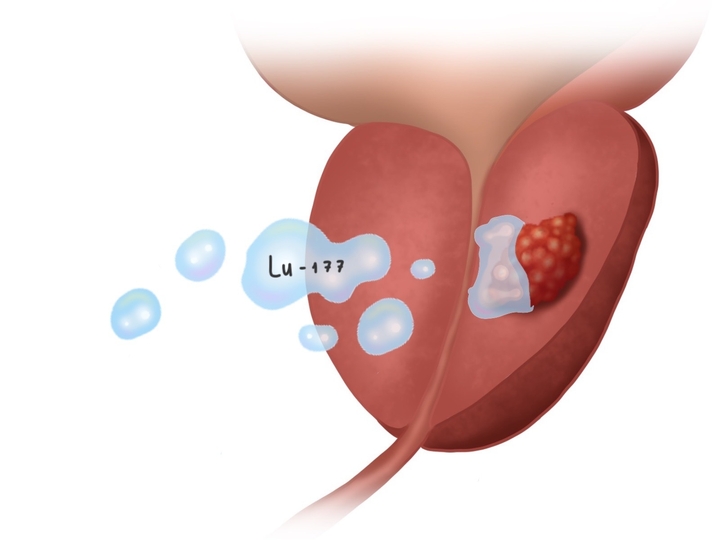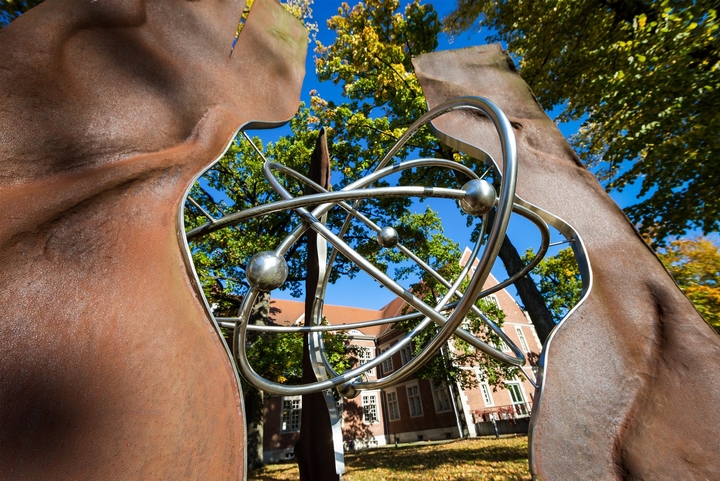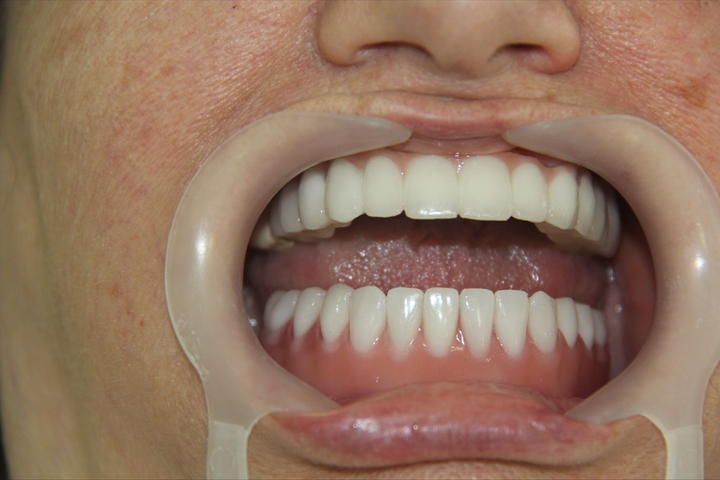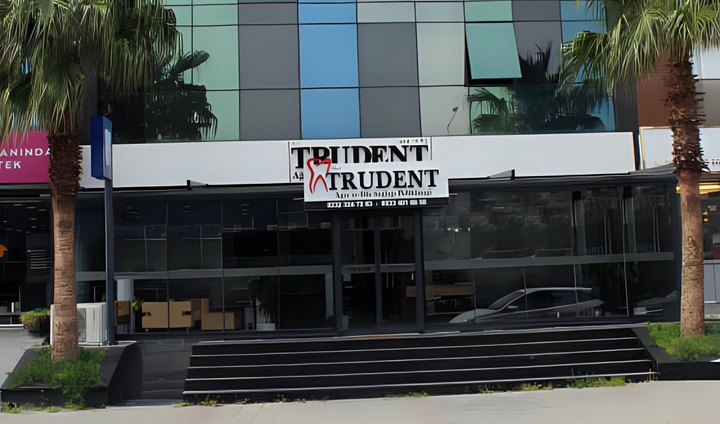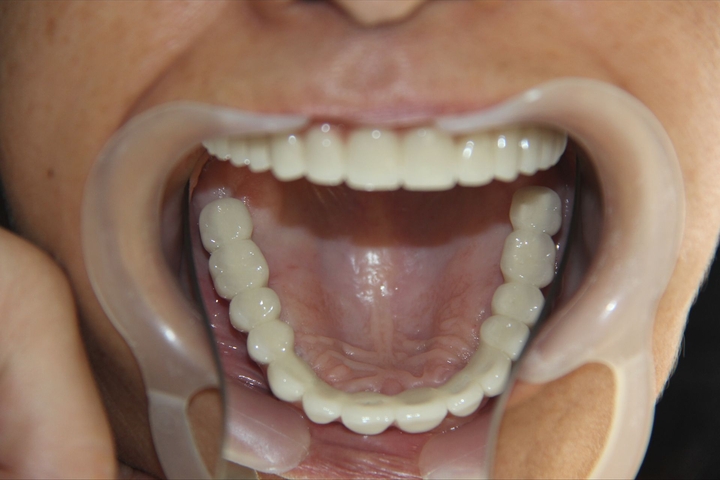Uterine fibroid (myoma) embolization - Minimally invasive therapy | Uniclinic Frankfurt, Germany
Frankfurt am Main, Germany
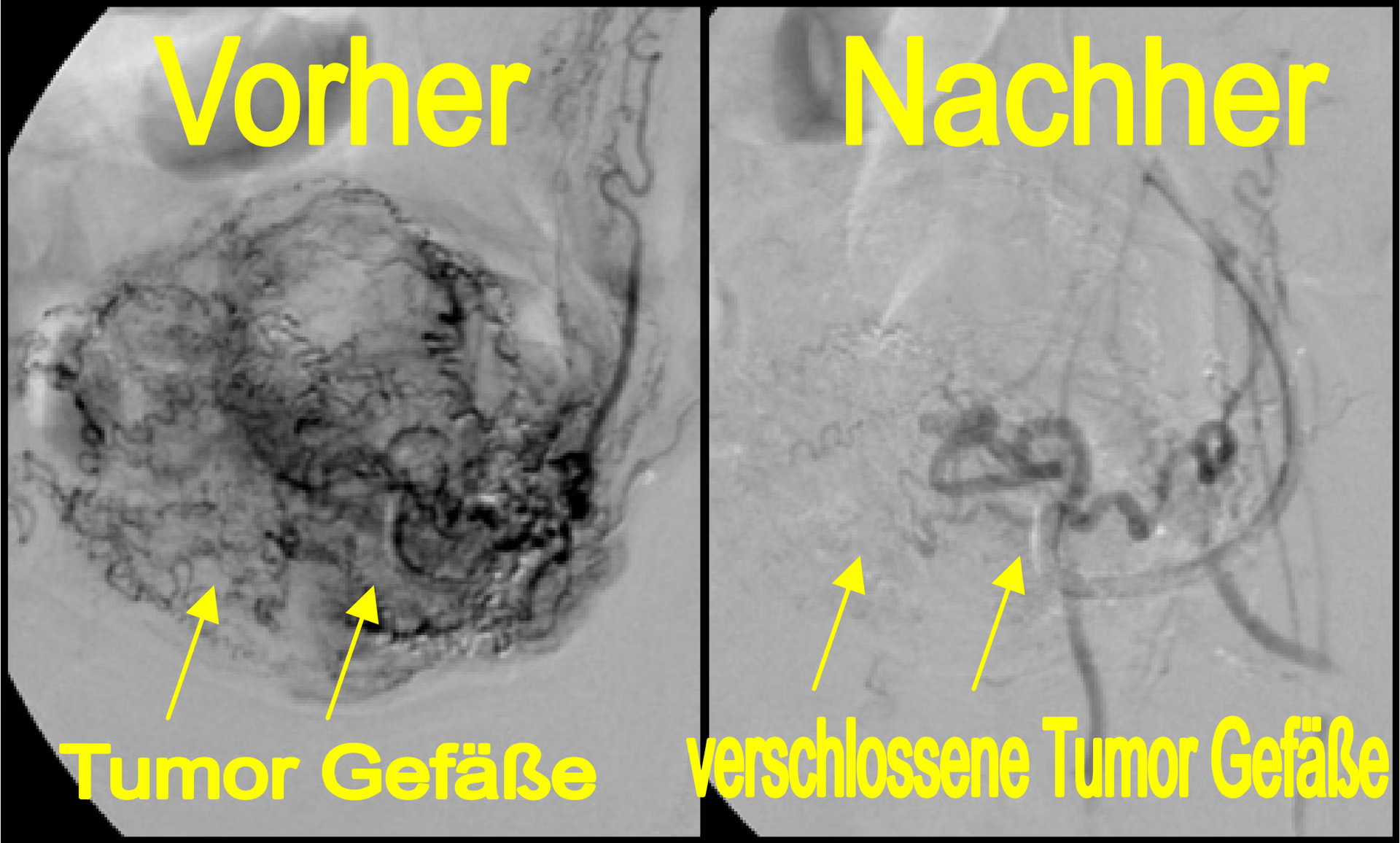
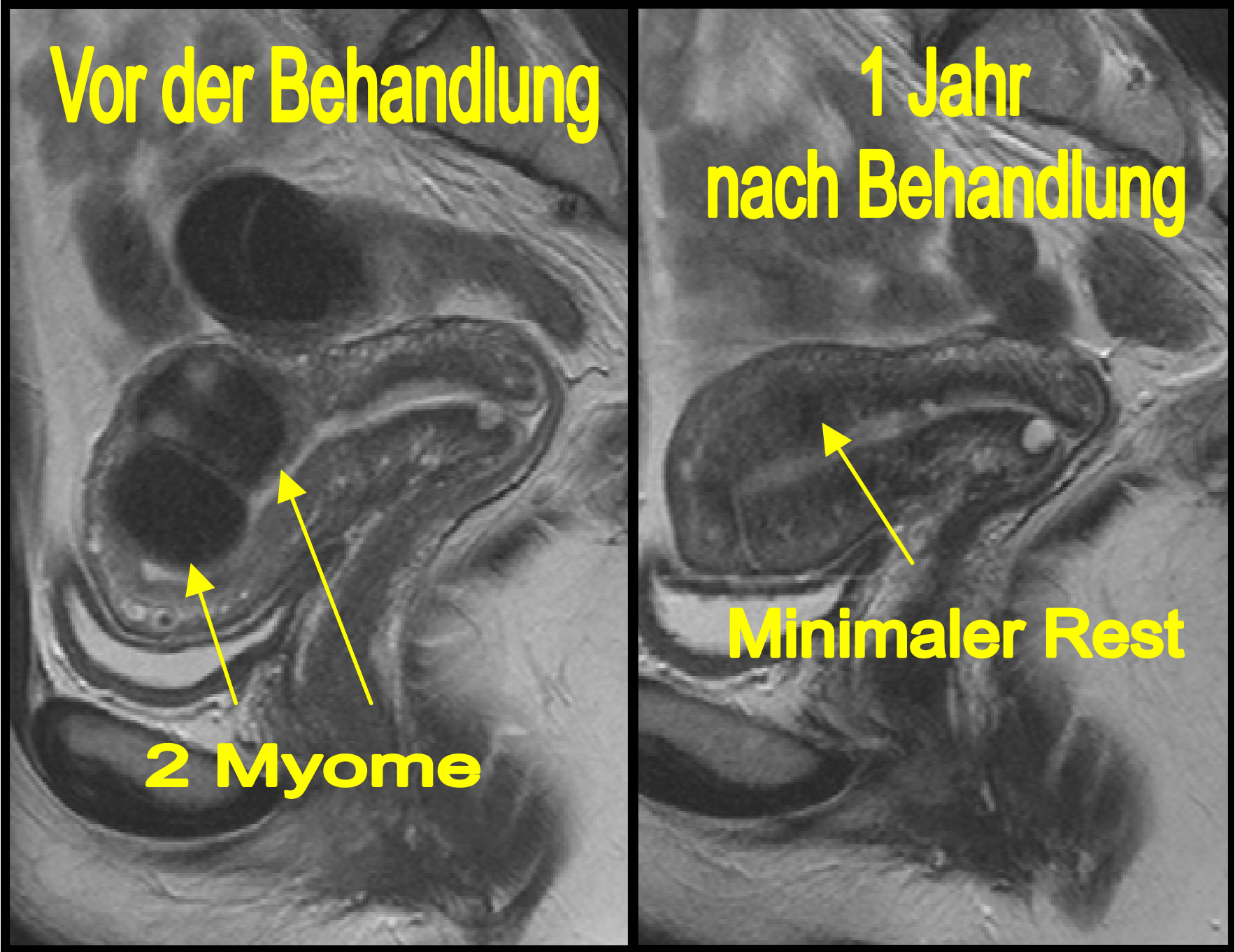
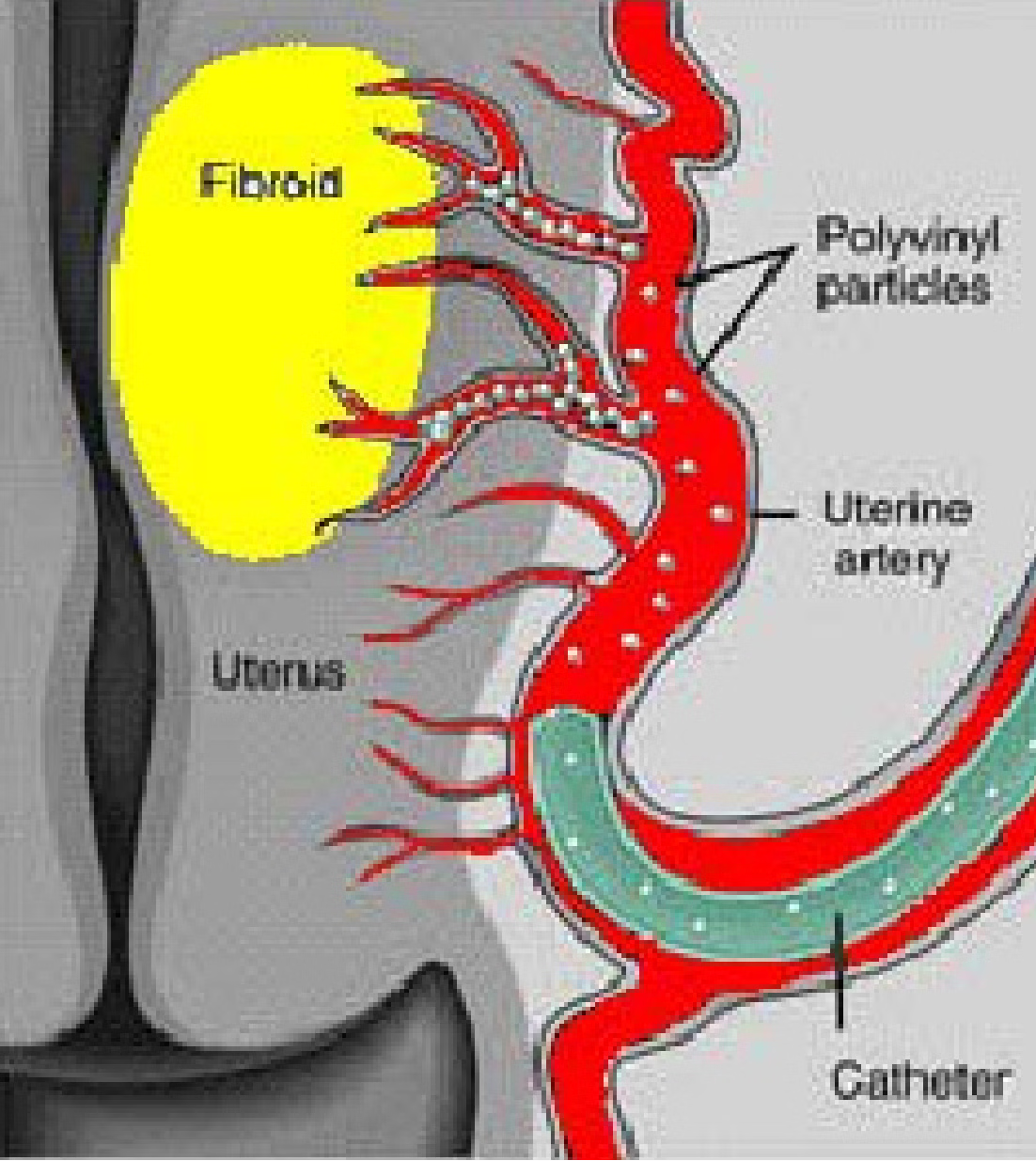
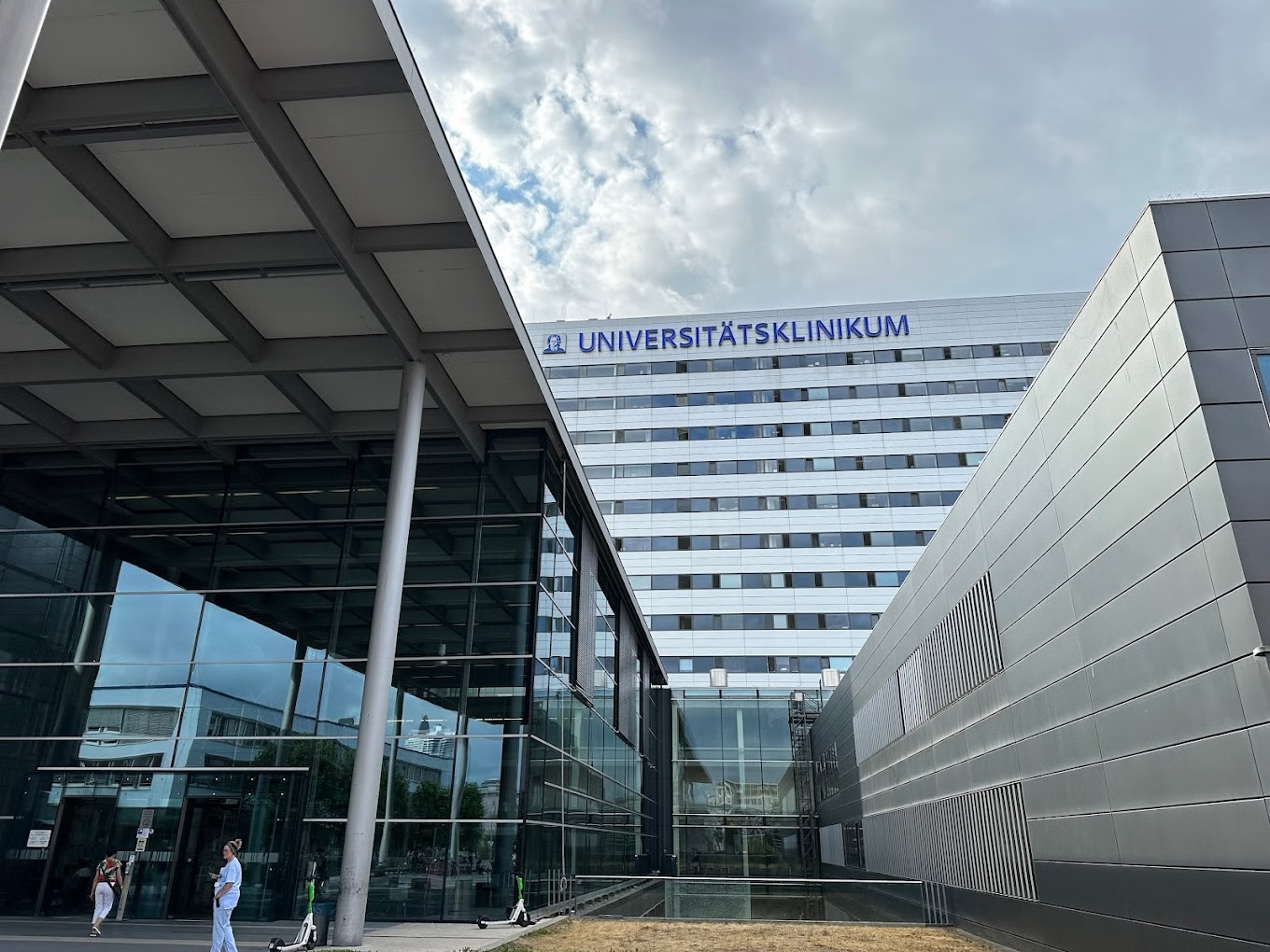
Overview
Age group
Adults
Type of care
Outpatient
Method
Microinvasive
About the offer
What’s included
Medical service
- clinical history-taking
- medical records review
- physical examination
- consultation with an interventional radiologist
- complete blood count (CBC)
- blood type test (ABO, Rh)
- biochemical analysis of blood (kidney and liver function tests, electrolytes)
- inflammation blood tests
- coagulation studies
- urinalysis
- ultrasound imaging of the pelvis
- magnetic resonance angiography (MRA)
- post-procedure scan of the pelvis
- pre-procedure patient preparation
- uterine artery embolization for uterine fibroid (myoma)
- post-procedure care
- symptomatic care
- doctor's fee
- cost of essential medicines
- cost of essential materials
- local anesthesia
- nursing service
- discharge medical records
- further recommendations
- follow-up consultations
Extra add-ons
AiroCare
Meet the provider
interventional radiology, interventional oncology, chemoembolization (TACE) & chemoperfusion (TACP)
Gallery
Customize this offer
If you're not seeing exactly what you need here, send your custom request. You can discuss the content, specifics, price & timeline to create a personalized plan.
Location
Theodor-Stern-Kai 7, 60596 Frankfurt am Main, Germany
FAQ
How many patients have been treated?
According to a report by the Society of Interventional Radiology (SIR), the number of fibroid embolizations performed in the US alone has reached at least 30,000, with treatments increasing from 4,165 in 1999 to 8,605 in 2000.
Will the embolization material cause any harm to the uterus?
The particles that are used during fibroid embolization are specially designed for this procedure and have a specific size. This size is chosen to ensure that the particles primarily enter the tumor and not the healthy uterine tissue. The particles are guided to the tumor vessels as they have a larger diameter compared to the normal vessels that supply the uterus. The healthy uterus is supplied by various vessels, which means that there are usually no issues with its blood circulation.
The particles flow in the direction of the blood stream and get stuck in the smallest blood vessels known as capillaries. They cannot go past this barrier and do not circulate freely in the rest of the body.
Is it safe to leave these particles in the uterus?
These particles have been used by FDA for 20 years. The procedure has been approved and is the most widely used. Thousands of patients have already been treated without any long-term complications occurring.
Is this new method still in the testing phase? If you are dealing with scientific publishing on this topic, you would notice that over 300 articles have been published since the introduction of this procedure. In America, over 12,000 patients are treated with this method every year. This procedure has been approved by the FDA, which is the American regulatory authority for medicines, medical devices, and procedures. The FDA has approved all the medicines and equipment required for myoma embolization and other devices for use with patients suffering from this condition.
Individual cost estimate. Non-binding 100% free assessment.

